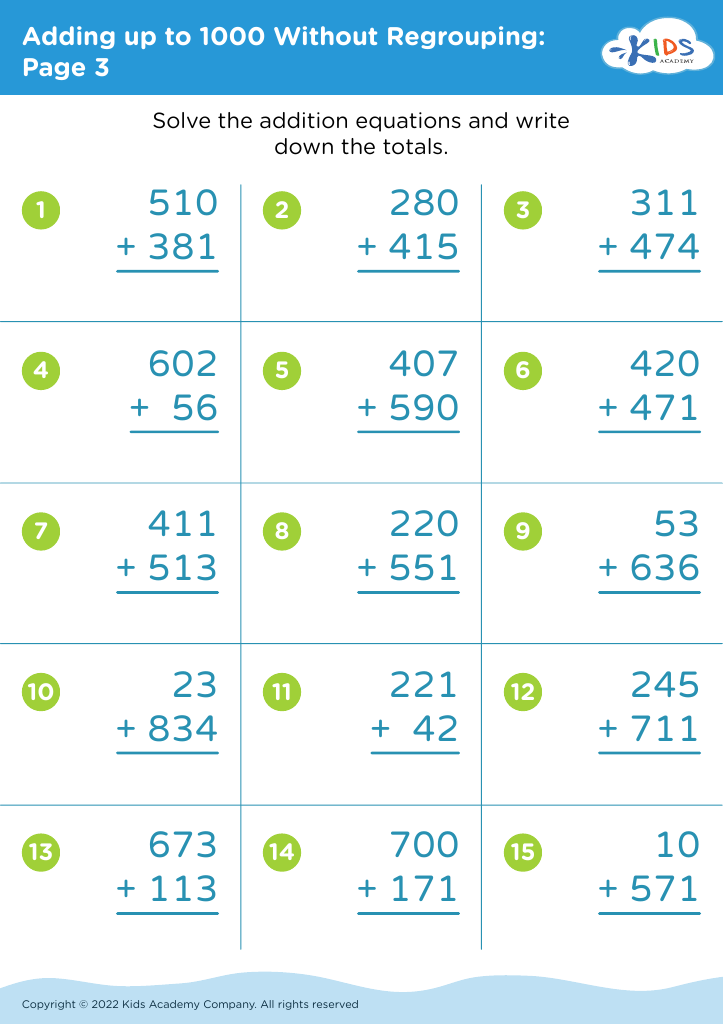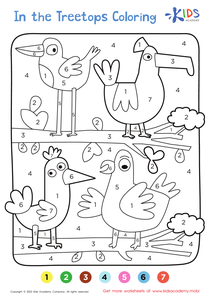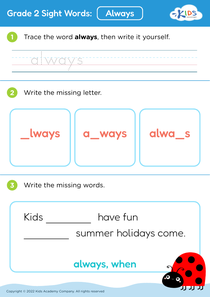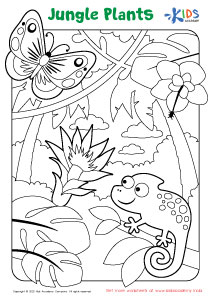Understand patterns Grade 2 Worksheets
7 filtered results
-
From - To
Welcome to our "Understand Patterns Grade 2 Worksheets" page! Designed to enhance your child's mathematical skills, these engaging worksheets provide numerous activities focused on recognizing and creating patterns using numbers, shapes, and colors. Perfect for second graders, our resources foster critical thinking and problem-solving abilities, making learning fun and interactive. With a variety of exercises, including identifying sequences and filling in the blanks, students will gain confidence in their understanding of patterns. Download our printable worksheets today and watch your child excel in their geometric and numerical reasoning while enjoying a playful learning experience!
Understanding patterns in Grade 2 is a crucial aspect of early childhood education that lays the foundation for future mathematical concepts. Patterns involve recognizing sequences, predicting outcomes, and understanding relationships between numbers and shapes. Parents and teachers should care about this topic for several reasons.
First, pattern recognition enhances critical thinking skills. Children learn to observe, analyze, and predict, which fosters cognitive development. This skill is not only essential for math but also beneficial in reading and science as they learn to identify patterns in language and experiments.
Second, patterns are pervasive in daily life—think of daily routines, nature, and even art and music. By teaching children to identify these patterns, we help them understand and relate to the world around them. This understanding increases their engagement and curiosity.
Additionally, mastery of patterns prepares students for more complex mathematics in later grades, such as algebra. A strong grasp of patterns builds confidence and ensures a smooth transition to these advanced concepts.
Incorporating pattern activities at home or in classrooms can be enjoyable and interactive, supporting social skills and teamwork. Ultimately, recognizing and understanding patterns equips children with essential skills for both academic success and their everyday lives.





























